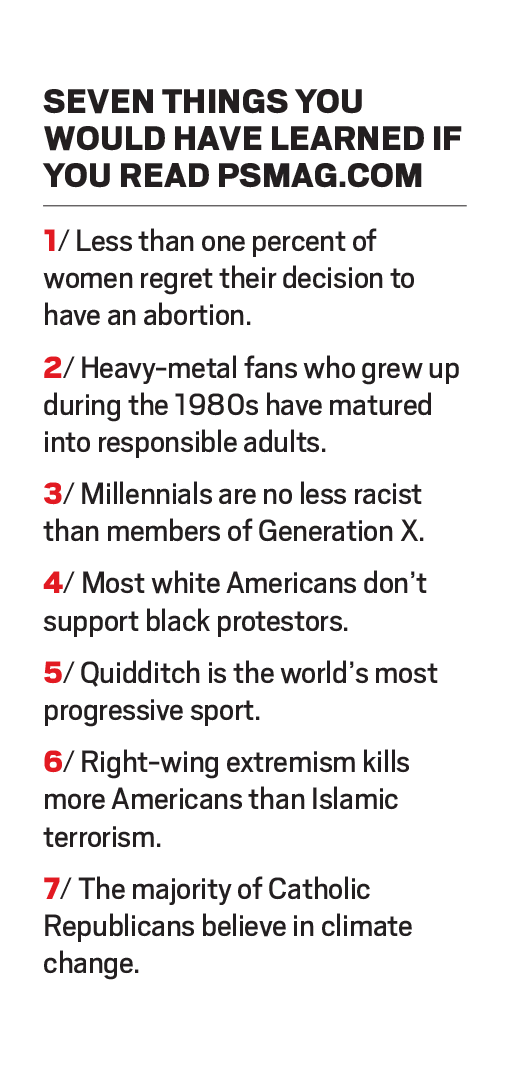Are there too few jobs for everyone? Has automation destroyed America’s manufacturing industry? Or is it that our workers haven’t learned the skills necessary to do the new jobs we are creating?
Those are, roughly, the core positions on either side of the skills-gap debate. Does it or doesn’t it exist?
Paul Krugman has called the skills gap a “zombie idea,” and the New York Times editorial board wrote that it was “mostly a corporate fiction, based in part on self- interest and a misreading of government data.” On the other side, economist Thomas Piketty has said that, to reduce inequality, we must focus not on progressive taxation but on “really investing in skills, investing in schools.”
But instead of arguing over whether or not we are reading the data correctly, let’s set it aside for a moment.
Perhaps those who say the skills gap does not exist are focusing primarily on the input of C-suite executives, and considering only opportunities for white-collar, middle-class workers; they may have immersed themselves so deeply in quarterly Labor Department reports that they are divorced from any on-the-ground realities. Let’s focus our attention, instead, on those who could benefit most immediately from some simple changes to our education system.
We need to put a face—or faces—on the problem. And we can start with Jose Rosado, a metal fabricator in Cleveland; and Jennifer Neustedt, a health caregiver who works with the elderly. The pair are both successful in—and committed to—their fields of work, but they do not earn much more than minimum wage.

With a little more training, with a few more skills—a vocational tech program for Rosado to obtain certification in welding, a two-year community college nursing program for Neustedt—both could earn significantly more. But they are unable to pass the GED, the high school equivalency test that was revamped in 2014. This modified GED—full of difficult and unnecessary changes, according to several counselors who have been teaching the test for decades—is, ironically, responsible for holding back hundreds of thousands of education-starved individuals. That’s a real skills gap, not a theoretical one.
In this, our Future of Work issue, we tell the stories of Rosado and Neustedt and others like them in “Making the Case for a Good-Enough Diploma.” Elsewhere, we go behind the scenes of another big problem in American education: the predatory practices, and dismal success rates, of for-profit colleges (“Confessions of a For-Profit College Inspector”). Only by bringing attention to these issues can we hope for reform. But we shouldn’t just sit and wait; let’s take our cue from Samasource, a start-up creating its own classes outside of the traditional education system to teach digital literacy skills to the rural poor in an attempt to lift them out of poverty (“The Pilot Program”). It is Samasource’s promising grads and their very modern skill sets that will fill the jobs of tomorrow.

Submit your response to this story to letters@psmag.com. If you would like us to consider your letter for publication, please include your name, city, and state. Letters may be edited for length and clarity, and may be published in any medium.
For more from Pacific Standard, and to support our work, sign up for our free email newsletter and subscribe to our print magazine, where this piece originally appeared. Digital editions are available in the App Store and on Zinio and other platforms.





